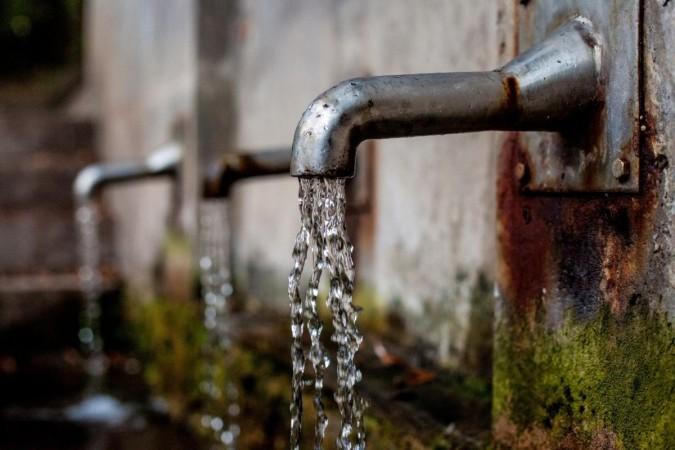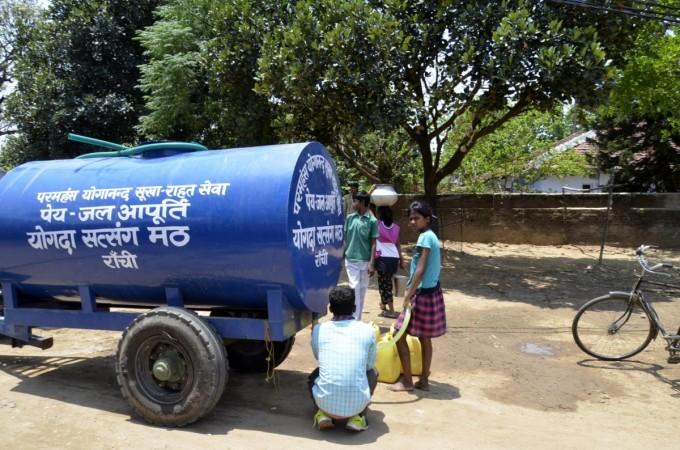
Bengaluru traffic is infamous nationwide, finding a mention in stand-up comedy, pop culture references but largely remains an accepted flipside of the city known for its good weather, buzzing nightlife and globally renowned IT sector.
However, lately the city has been battling the worst kind of crisis, that of crippling water shortages. With a population of 1.3 crore, ever shrinking spaces and burdened infrastructure, the city has been left high and dry and not just during peak summer months.

Water shortage, in nutshell
Low water levels in the region's reservoirs and receding ground levels are the first signs that it is going to be a long, dry summer for the Capital. Currently the city has access to roughly 1,850 million liters per day, which is not nearly enough since it needs an extra 1,680 MLD more to meet its water needs.
The Bangalore Water Supply and Sewerage Board (BWSSB) has identified as many as 257 areas, staring in the face of potential water scarcity. To tackle the water scarcity, there needs to be several measures in place simultaneously. It is estimated that 10.37 lakh households are connected to BWSSB, with additionally 10,995 borewells supplying around 400 MLD of water.
However, out of these 1,240 borewells are at the risk of drying up soon, due to poor monsoon. As a result, the city is just one poor monsoon away from its retail prices crumbling and daily life coming to a stand still.
Can water tankers fill the gap?
Last week, deputy Chief Minister D.K Shivakumar informed the Karnataka Legislative Assembly during question hour that tankers bridge a huge gap between demand and supply of water; catering close to 25% of the demand for water in the Capital city. Not a good news, for a city where nearly 10 lakh people migrate every year.

To make the situation worse, the price of water tankers has been steadily rising, thus making potable water out of the reach of many. It is estimated that 20% of Bangaloreans depend on private tanker operators for drinking water. Reportedly, the rates are likely to go over double the normal rates during peak summer. Which is why water tankers will never be the solution.
What is the way out?
Karnataka's capital relies heavily and primarily on water from the River Cauvery, which gets transported roughly over 100 kilometres. Poor monsoons, inter-state water disputes have also contributed to disrupting this supply. Any way out, has to look at measures that are sustainable.
First and foremost, reduced and mindful water consumption has to be pursued through aggressive campaigning. Encouraging industries and commercial to use treated water from tankers as much as possible, leasing out alternate water resources like private borewells and reviving existing borewells should take care of the crisis as a stop gap arrangement.
Sharing some concerns on social media, a Bangalorean by name Anil C. writes: "Every time I see a borewell being dug in a fast drying up city, it shows how we are still taking shortcuts to solve Bengaluru's water crisis. For all the rain we receive, water tankers still rule the day. What can we do as a mass?"
Cauvery & Mekedatu Projects
There is hope for the future as the ongoing Cauvery project promises relief from water shortage, but no time frame is available on the project's completion. Eventually, infrastructure providing a permanent source of water will need to be put in place.
The Mekedatu Reservoir Project offers hope and is touted to be the solution to potable water shortage and power crisis. Supposed to be built near Kanakapura's Ramanagara district — approximately 100 kms from Bengaluru, it remains to be seen when the project will actually come to be.
Though everyone acknowledges its significance, last week Dy CM D.K. Shivakumar also admitted, "The solution for this problem is the proposed Mekedatu Reservoir project."
Bengaluru has already received the wake-up call. What remains to be seen is how the city, its people and its authorities act now on it.
















